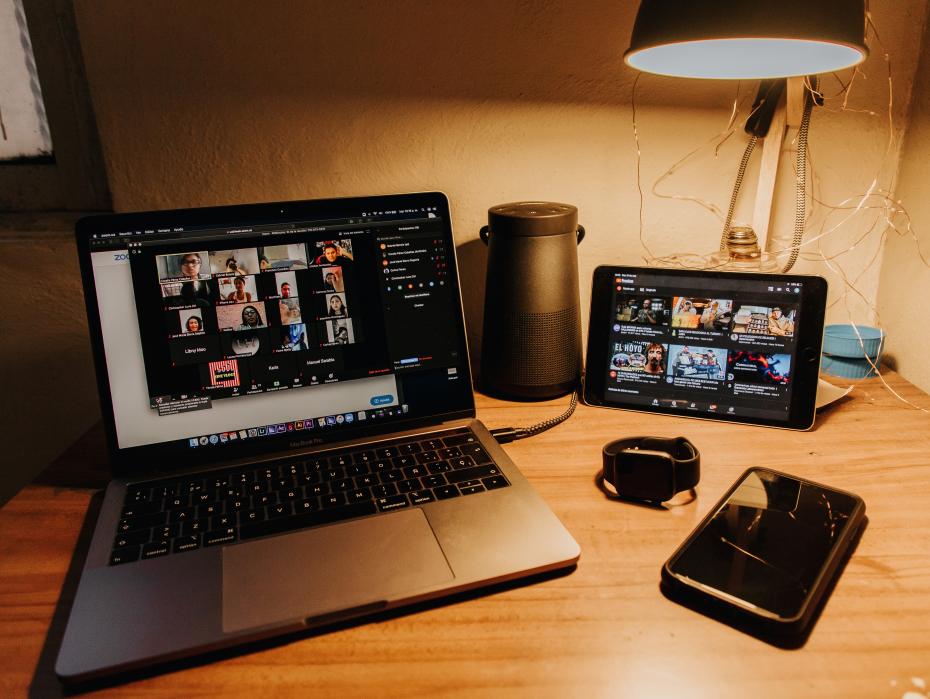Many colleagues in higher education have been grappling with how to encourage online interaction. It can be a depressing experience when faced with a reluctance by students to turn on their videos or use their microphones. Yet it is important to remember how alien this also feels for them.
This is particularly the case for first-year students who have not had the advantage of getting to know either their tutors or peers before being plunged into this online world. They might lack confidence in you, each other and themselves. In this context, we need to redefine our primary role as tutors and what counts as participation on the part of students.
Focus on your social presence
Teaching in an online environment is as much about maintaining a social presence as it is about delivering content or developing skills. Students need to know who you are and that you are there for them. This is especially important for new students who might have had no prior contact with teaching staff. At the very least make sure you have your photo uploaded so they can see what you look like. It might be amusing to have a photo of Shrek rather than yourself but that’s not terribly helpful to students who have no idea who you are.
Pay attention to the things that make you look like a real, and therefore approachable person. Short, introductory videos where your children and/or pets interrupt you can be much more effective at making connections with students than professionally produced ones. They can see that your life is as complicated as theirs, that you’re also struggling with different responsibilities and that you’re not perfect.
Other tools could include drop-ins, weekly newsletters, podcasts and discussion boards. These are as much about social interaction as they are about information. Also think about how to use social media to build more informal connections with students. This might entail posting a provocative question for students to respond to or it might be helping students take over a social media channel for the day so they can share study tips with each other.
Boost student confidence
Anything that gives students confidence and allows them to start from a position of authority or expertise is always helpful. Don’t underestimate just how nervous many students will feel in an online environment: start from their own experience where they are the experts. Get them to share their study experience at the start of a session: for example, ask them to share their top tips on managing their time or organising their study space.
Students are not only at a distance from lecturers; they are at a distance from each other and the sense of support they get from each other. Interacting online can be awkward so it is important to structure interaction for students so they can engage with each other. In other words, plan spontaneity! Build time in to teaching sessions for the informal, more fun stuff. Doing a poll that asks students to use two words to describe how they’re feeling produces a nice word cloud that can effectively open the door to them talking about their hopes and fears. Do a fun quiz to get them competing against each other in a low-stakes way.
It is also important to establish codes of conduct so students can learn how to interact positively online. There is no such thing as a digital generation so don’t assume that being proficient on something like TikTok will make students comfortable on university platforms.
Forget preconceptions about what interaction looks like
Students differ enormously in their ability and readiness to engage online. Few readily take to using the microphone for example. This means that tutors need to rethink and value other ways in which students interact and engage.
The chat box can be a powerful tool of interaction, allowing students to talk to each other and to the tutor. Once students become more confident about using the chat, you can assign different students to monitor it, thereby nudging them to take more responsibility for their learning while also encouraging peer-to-peer learning.
Learn to enjoy the use of emojis and gifs: these count as student interaction and should be valued as such. Asking students to use an emoji to express how they’re feeling can be a way to check in with all your students during a session.
Teaching in an online environment can often feel like talking in a vacuum because there are none of the usual cues that you get in a physical environment. You can’t see students laughing, falling asleep or daydreaming. This means that it is important to check their engagement more regularly than in an on-campus session. Ask every 10 minutes or so for students to “applaud” if they have understood or post a smiley if they are ready to go to the next section. If the medium allows, do a quick poll to see how your students are feeling or to check understanding. Your goal is to get students to “lean in” and to do this you need to re-engage them frequently.
Similarly, don’t dismiss the silent students. They might be learning in different ways to their more vocal peers, but their learning experience could be just as valuable for them, as long as you check regularly that they are engaging with their learning.
Students are looking for tutors to provide some certainty in an uncertain world and some positivity amid the gloom. Don’t underestimate just how important your weekly online session might be for students in terms of providing a connection to some kind of normality. For some, it might be their one fixed point in the week. Make it a good one.
Georgina Blakeley is director of teaching, learning and student experience at the University of Huddersfield.




comment